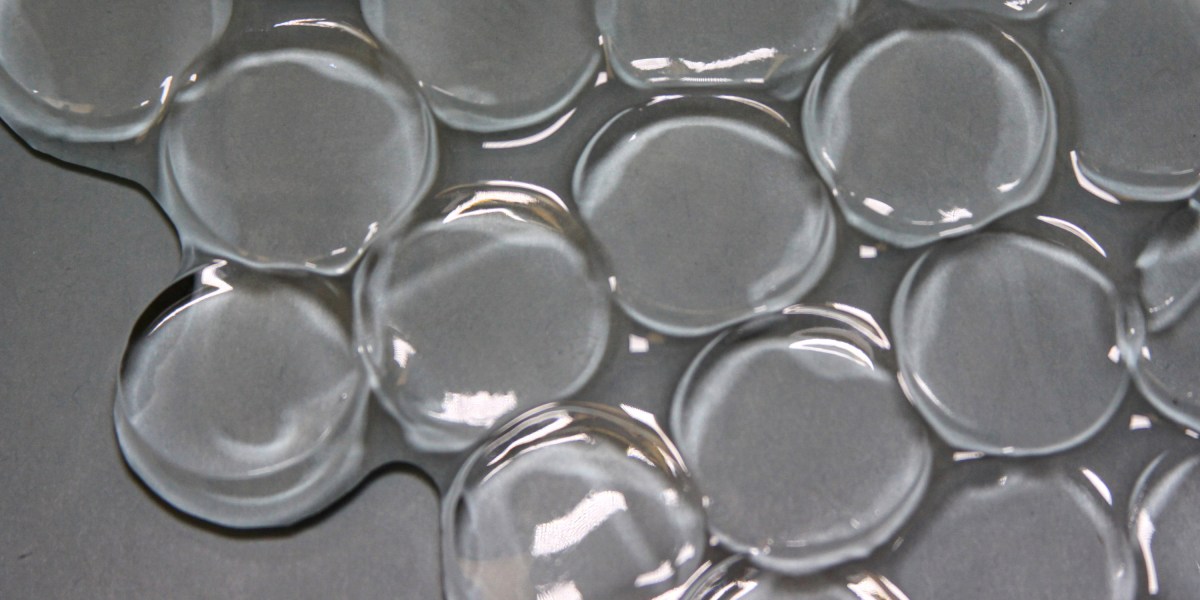
By infusing a salt into a material used in disposable diapers, MIT engineers have synthesized a superabsorbent gel that can soak up a record amount of moisture from even the driest air, offering a possible way to harvest drinkable water.
The transparent, rubbery material combines the advantages of lithium chloride, a salt that can absorb over 10 times its own mass in water, and hydrogel, which can hold the water and swell to accommodate even more. Researchers had previously tried to accomplish this by soaking hydrogels in salty water, but they found that after 24 to 48 hours, the gels took up very little salt and weren’t much more absorbent than they had been to start with.
But scientists at MIT’s Device Research Lab found that hydrogels soaked in the solution for 30 days incorporated up to 24 grams of salt per gram of gel—four times the previous record. The resulting material absorbed and retained an unprecedented amount of moisture across a range of humidity levels. Most notably, at very dry conditions of 30% relative humidity, each gram of salty gel captured 1.79 grams of water.
“This material, because of its low cost and high performance, has so much potential,” says Carlos Díaz-Marin, SM ’21, a mechanical engineering graduate student and a coauthor of a paper on the work. Conceivably, he says, it “could generate water in the desert.”
